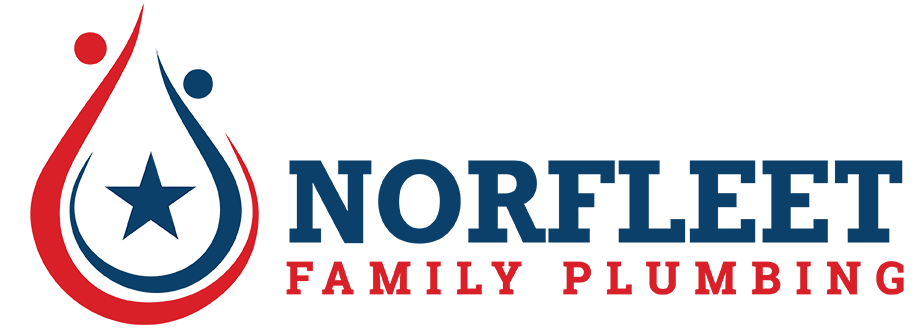Understanding Different Home Water Filtration Systems
A water filtration system is one of the smartest investments for any homeowner.
A water filtration system is one of the smartest investments for any homeowner. It helps improve a family’s overall health by removing heavy metals and other contaminants from drinking water. However, selecting a system can be challenging because there are many technologies from which to choose.
Types of home water filtration systems
Here are the most common residential water filtration technologies:
Sediment filtration
The most widely-used water filtration system is sediment filtration. It efficiently removes most contaminants, including heavy metals, silt, dust, sand, and rust. Also, the units often contain pleated polyester or polypropylene. The micron rating ranges from 1 to 100 microns. Devices with fewer microns provide stronger filtration but also decrease water flow.
Ceramic
A ceramic filter has small holes that let water through while blocking other substances. Still, they only work well for removing bacteria and protozoa. They’re not effective in eliminating viruses and chemicals.
Distillation
Distillation involves collecting steam from boiling water and leaving contaminants behind. As a result, viruses, bacteria, and other biological impurities die, but the technology doesn’t eradicate volatile compounds because they have higher boiling points.
Activated carbon
An activated carbon system comes with several carbon materials. The materials are often porous and attract impurities, forcing them to stick to the surface.
When buying this filtration system, homeowners should check the carbon’s efficiency. Some only block foul smells, bad taste, and chlorine, whereas others remove radon, organic compounds, and volatile compounds. Also, the system can’t eliminate arsenic, fluoride, heavy metals, chromium, and other inorganic substances.
Reverse osmosis
A reverse osmosis filter forces water through a membrane to eradicate any substances bigger than H2O molecules. For example, the barrier can block lead, nitrate, viruses, bacteria, arsenic, protozoa, and many other impurities.
Nevertheless, it’s not perfect. It’s powerless in the face of volatile compounds, trihalomethanes, and chlorine. A potential workaround is to combine the system with carbon filters to improve its efficiency and water purity.
Ion exchange
The ion exchange filtration process removes harmful dissolved ions and replaces them with others with the same charge from their resin. The procedure occurs when water reaches the filtration unit with a specialized resin, continuously or in batches.
There are several kinds of ion exchange: anion exchange (negative charge) and cation exchange (positive charge). The two procedures soften water, demineralize it, absorb acid, and remove metals.
Gravity filters
Gravity filtration systems require manual filling and generally use ceramic or activated carbon technology. They work with any water and are available in many sizes. The downsides are that they make up a lot of space and are slow.
Find the right solution by consulting an expert
The best way to determine the ideal water filtration system for a household is to consult a seasoned plumber. They have all the knowledge to recommend an efficient unit to help ensure clean tap water.
When you need reliable water treatment solutions like water treatment system installation and repair, water treatment system maintenance, water softener installation and repair, water conditioner installation and repair, and reverse osmosis system installation and repair, trust only Norfleet Family Plumbing Heating and Air. We are a full-service, licensed company.

